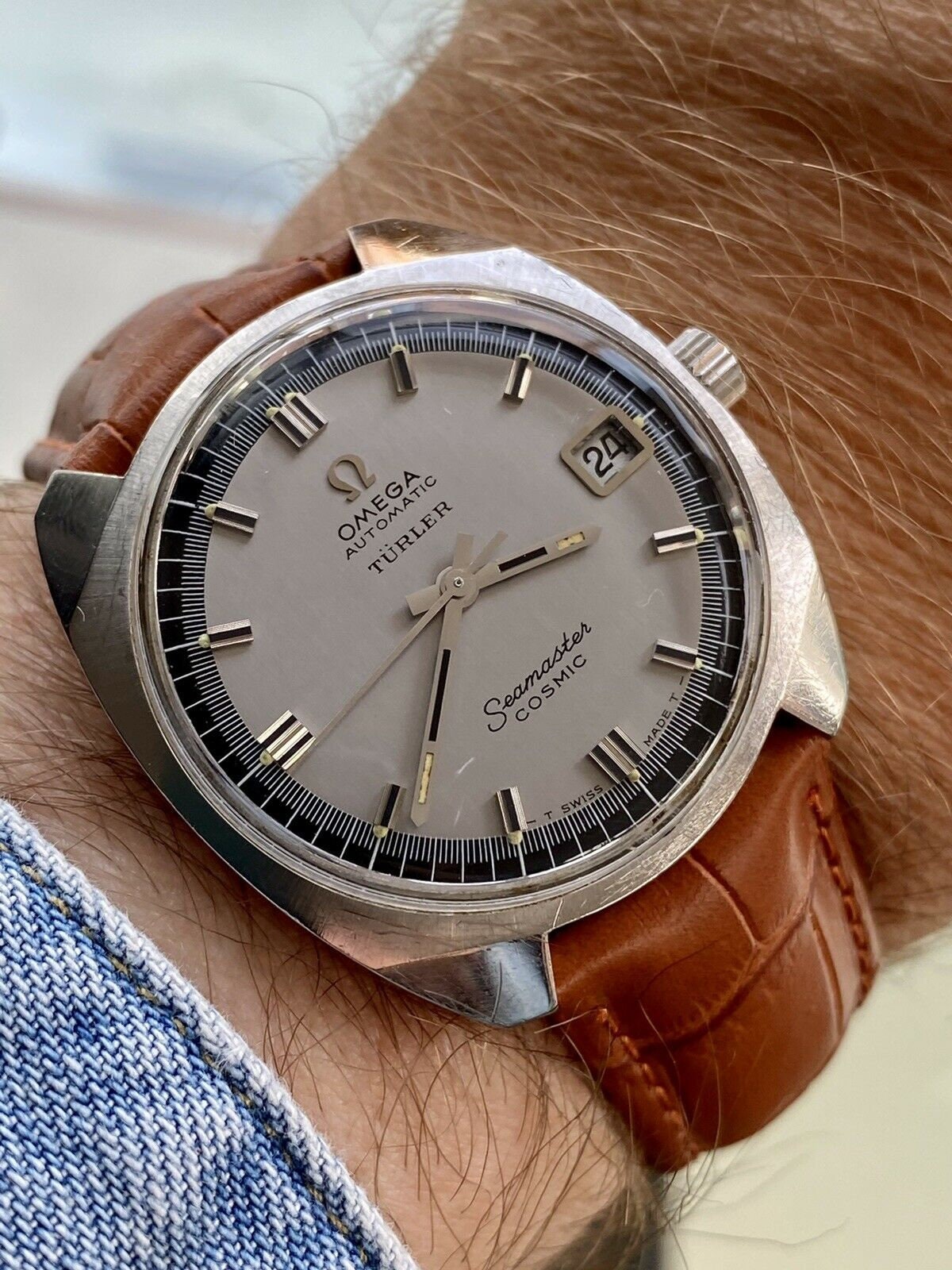

The glow from the watch should be bright and even and should last for a relatively long time. To test their luminescence, put the watch under a bright light to charge for at least 15 seconds, then turn off the light. An inauthentic Omega watch might still have lumes, but the quality of their glow will be abysmal compared to an original. The hands, the markers, and a dot on the rotating bezel will all glow in the dark once they have been charged. To add to their functionality, Omega watches are equipped with lumes, or reflective surfaces that glow in the dark. A fake Omega will have a second hand that continues to move even when you’re adjusting the time. When you pull it up to adjust the time, the second hand on the Omega should stop as well to ensure the accuracy of the time.

You should also test out the adjustment capabilities of the crown. If your Omega ticks or has a second hand that stutters along inside the watch, it’s probably a fake. Omega, like most luxury brands, outfits its watches with Swiss movements, which makes the motion of the second hand smooth and fluid and removes the ticking sound that quartz watches have. If it is painted on, you’re looking at a fake. On an authentic Omega, the Omega logo should be a separate piece of metal that is attached to the dial. The easiest way to determine if any watch is fake is by spotting any spelling or engraving mistakes. Before anything else, closely examine the dial and make sure that everything is spelled correctly, evenly spaced and cleanly applied.


 0 kommentar(er)
0 kommentar(er)
